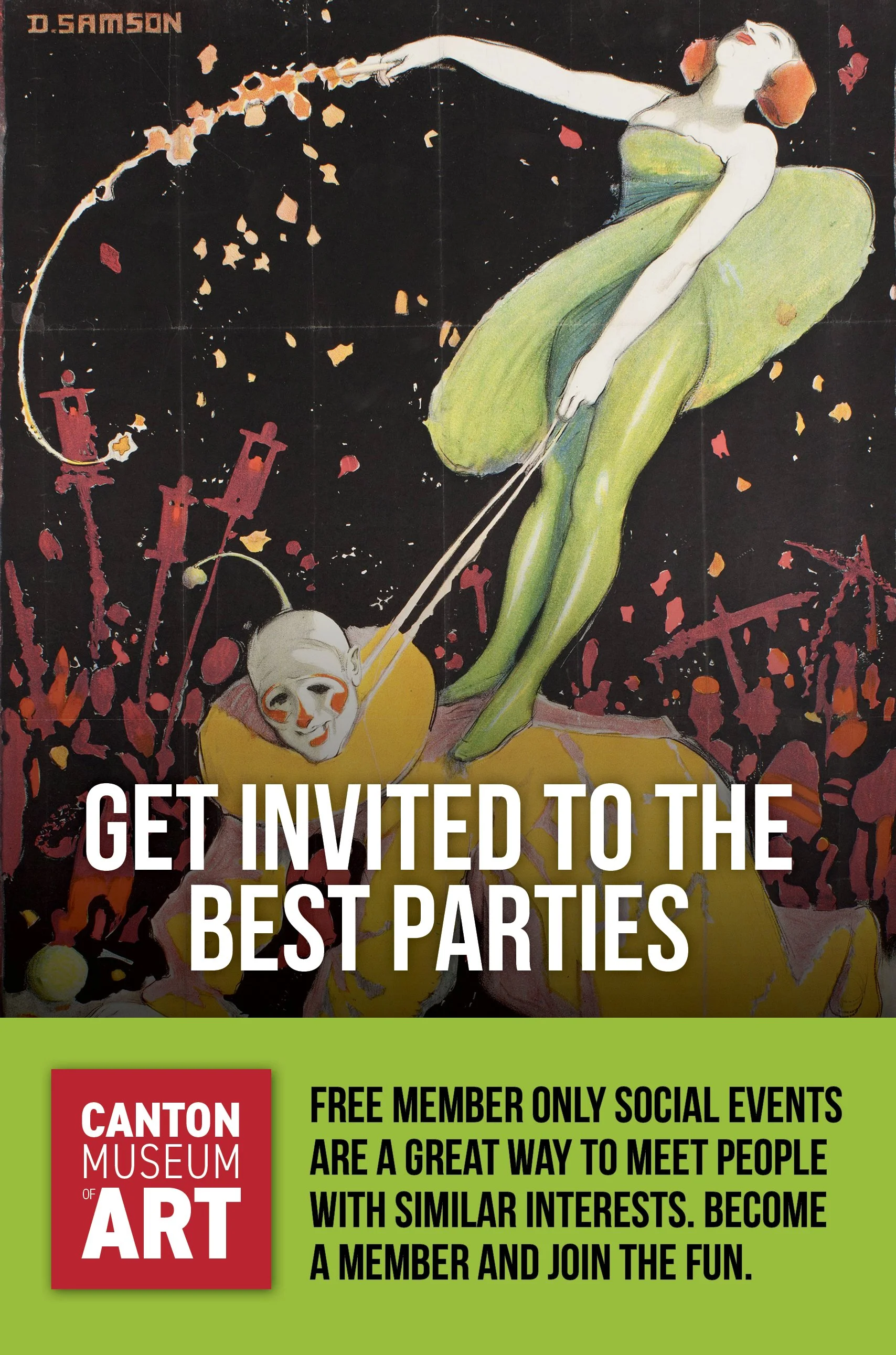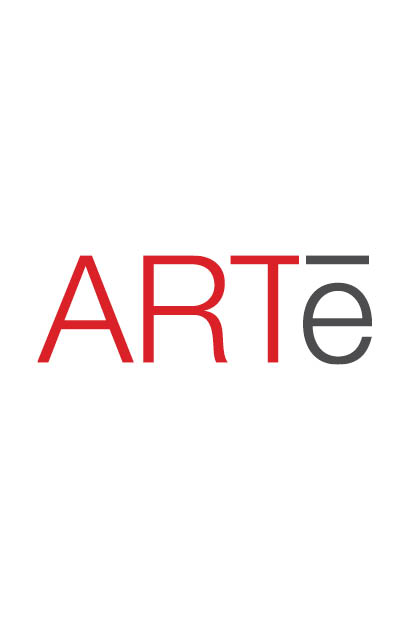George De Forest Brush • American: 1855-1941
Indian Moose Hunters • Oil on Panel 17 1/2” x 23 1/2”
A man in camouflage. What did the Crow Indians think when a Parisian bon vivant walked into their camp that summer day in 1885? George de Forest Brush had a remarkable ability to fit in everywhere he went. He was comfortable in the salons of Paris, where he studied art, and Indian encampments in America’s wild west, where he studied life. He was friends with Mark Twain, the sculptor Augustus Saint-Gaudens and the Indian Chief Plenty Coups who never forgot Brush’s “words of eternal wisdom.”
But there were two people he could never quite see eye-to-eye with: His father, who despised his career choices, and his mother-in-law who didn’t want her daughter marrying an unconventional man living in a teepee on a plot of land surrounded by the mansions of upstate New York. He never reconciled with his father, though he became a prosperous artist. He solved the other family problem by eloping with girlfriend Mittie Welply and staying in Canada for two years until his new mother-in-law calmed down.
George and Mittie were a formidable couple whose outer civility masked restless spirits and unconventional tastes. While raising seven children, they moved from New York to France to Florence, Italy and finally rural New Hampshire. George railed against modernity by painting Indians as craftsmen using techniques perfected over generations. His painting, Indian Moose Hunters is very much in this vein, though the subject matter is a traditional hunting technique rather than art.
(story continues below break)



























